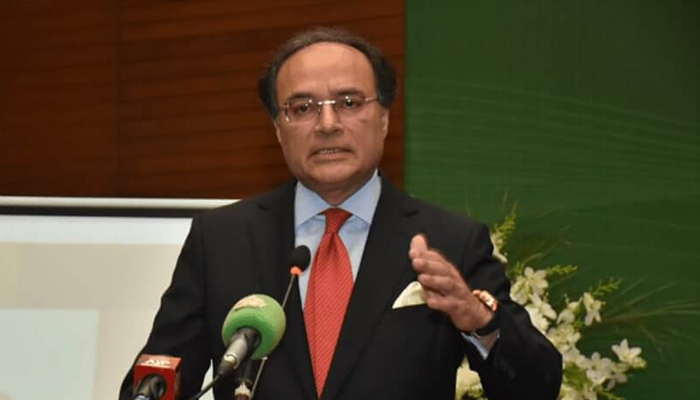KARACHI: Gold prices slumped by more than 1% on Monday, as easing trade tensions between the U.S. and China helped boost investor risk appetite, reducing demand for safe-haven assets like gold. Additionally, a stronger U.S. dollar compounded the pressure on the precious metal.
Spot gold fell 1.4%, settling at $3,272.89 per ounce as of 0220 GMT. The precious metal had hit a record high of $3,500.05 on April 22. Meanwhile, U.S. gold futures saw a milder dip, decreasing by 0.4% to $3,283.70.
The U.S. dollar also rose by 0.3% against a basket of currencies, making gold more expensive for overseas buyers and adding to its downward pressure.
Tim Waterer, chief market analyst at KCM Trade, explained the situation, stating, "It’s probably fair to say that financial markets and risk-assets in particular are feeling slightly better about the tariff picture now compared to the frantic first week in April." Waterer attributed this shift to recent comments from the White House, which have fueled optimism that a U.S.-China trade deal could materialize soon, diminishing the safe-haven demand for assets like gold.
In a sign of easing trade tensions, U.S. President Donald Trump confirmed that talks on tariffs with China were ongoing. Furthermore, last week, the Trump administration expressed a willingness to de-escalate the trade war between the two largest global economies, helping to reduce fears of an impending recession. On Friday, China also exempted some U.S. imports from steep tariffs, though it quickly downplayed Trump’s claim that negotiations were progressing.
Gold has traditionally been seen as a hedge against economic and political uncertainties, thriving in periods of low interest rates and heightened geopolitical tensions. However, as the trade outlook improves, the demand for safe-haven assets such as gold wanes.
The broader market sentiment also remains mixed. Despite easing trade concerns, many participants at the International Monetary Fund (IMF) and World Bank Spring Meetings noted that the Trump administration remains divided on its demands from trading partners impacted by tariffs. This uncertainty adds further complexity to the market outlook.
Looking ahead, market participants will be closely watching key economic data releases this week. These include the U.S. job openings report on Tuesday, the Personal Consumption Expenditures (PCE) data on Wednesday, and the non-farm payrolls report on Friday. These reports could provide more insight into the Federal Reserve’s monetary policy stance, which could, in turn, impact investor sentiment and the price of gold.
Meanwhile, other precious metals also faced losses. Spot silver dropped 1.2%, falling to $32.70 per ounce. Platinum eased by 0.6% to $965.70, and palladium lost 1%, settling at $939.00 per ounce.
Overall, the combination of easing trade tensions and a stronger dollar has significantly dampened the demand for gold, which had seen a surge earlier in April amid heightened fears of a trade war-driven recession. With improving market sentiment, the outlook for gold in the short term remains uncertain, as investors await more economic data and further developments on the U.S.-China trade front.









